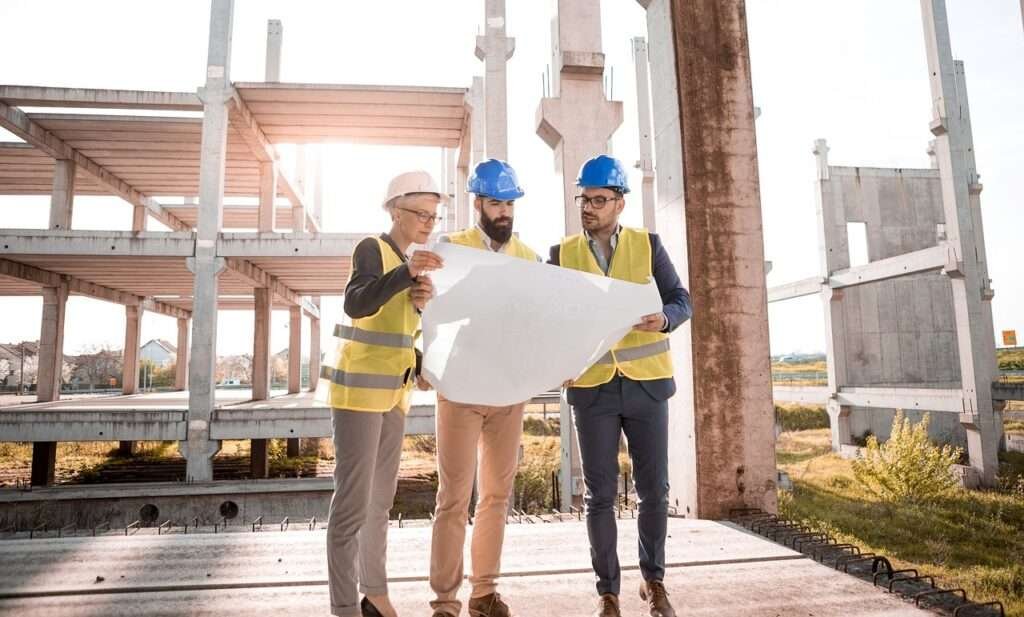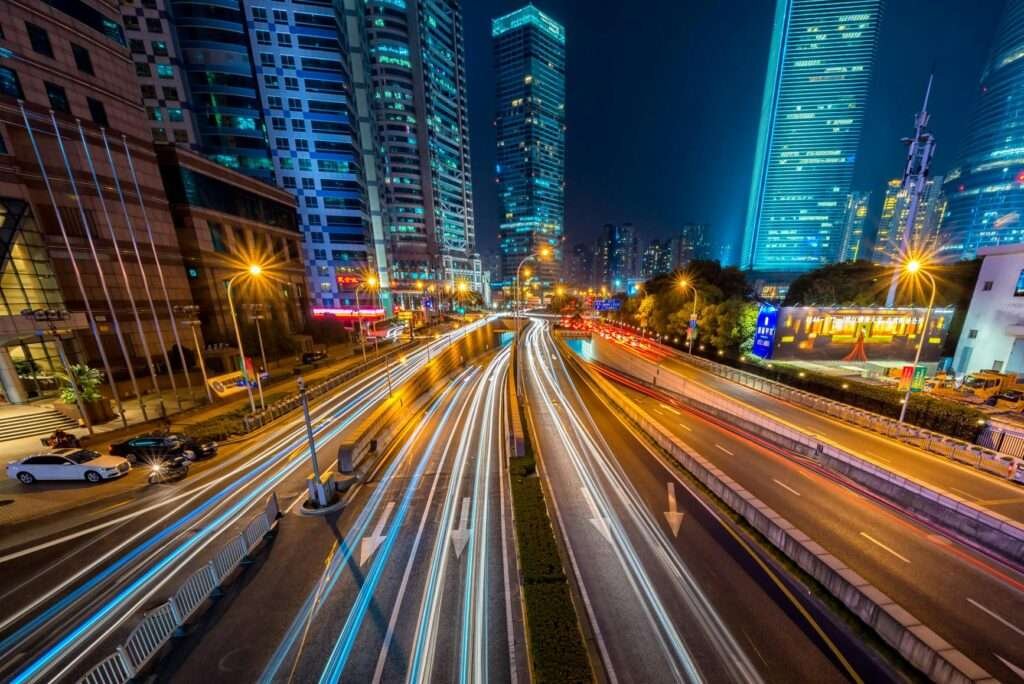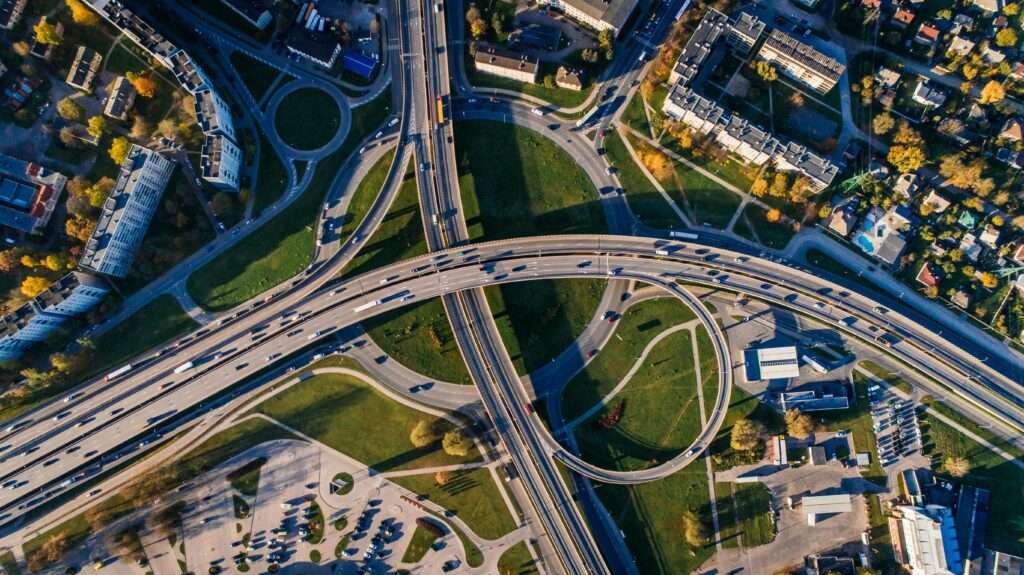Introduction
Smart cities represent the pinnacle of urban innovation, leveraging technology to improve the quality of life for residents while optimizing resource use. At the heart of this revolution are Artificial Intelligence (AI) and the Internet of Things (IoT), driving smarter construction practices, efficient infrastructure, and data-driven urban management. In this blog, we explore how AI and IoT are reshaping the construction industry and propelling the development of smart cities.
AI in Smart City Construction
AI is a game-changer in designing and building smart cities. It provides tools to analyze data, optimize designs, and predict outcomes, ensuring efficiency and sustainability.
1. Predictive Modeling for Urban Planning
AI algorithms analyze historical and real-time data to predict population growth, traffic patterns, and environmental impacts. This allows architects and engineers to create optimized city layouts.
- Example: AI-driven models helped Singapore plan its Marina Bay area to minimize congestion and maximize green spaces.
2. Smart Building Designs
AI supports architects in creating structures that are energy-efficient and eco-friendly by simulating designs under varying conditions.
- AI tools like Autodesk’s Revit enable dynamic adjustments in blueprints, ensuring precision and compliance with green building standards.
3. Automated Construction Processes
From robots laying bricks to AI-powered machinery streamlining construction, automation reduces human error and speeds up project timelines.
- Example: AI-powered robots in Dubai’s 3D printing factories contribute to creating entire neighborhoods faster and more sustainably.

IoT’s Role in Smart Cities
IoT is the backbone of smart cities, connecting devices and systems to enable real-time monitoring and control. Its integration in construction is revolutionizing how cities are built and managed.
1. Real-Time Monitoring and Safety
IoT-enabled sensors monitor construction sites for structural integrity, environmental factors, and worker safety.
- Sensors on cranes and scaffolding provide alerts on potential hazards, reducing accidents.
- IoT-based wearables track worker health and location to ensure safety compliance.
2. Smart Energy Management
IoT systems optimize energy consumption by integrating smart grids with renewable energy sources.
- Example: Barcelona uses IoT-enabled lighting systems that adjust brightness based on pedestrian activity, reducing energy waste.
3. Connected Infrastructure
IoT connects roads, bridges, and utilities to centralized systems, allowing real-time management and maintenance.
- Smart traffic lights reduce congestion by adjusting signals based on IoT sensor data.
Case Studies of AI and IoT in Action
1. Singapore: A Global Leader in Smart City Development
Singapore uses AI to monitor its public housing projects and IoT to manage water and energy use efficiently. The city’s autonomous buses and AI traffic systems ensure seamless urban mobility.
2. Masdar City, UAE: A Sustainable Urban Vision
Built as a zero-carbon city, Masdar leverages IoT for energy management and AI for predictive maintenance of its infrastructure.
3. Barcelona: A Pioneer in IoT Integration
Barcelona integrates IoT across its utilities, waste management, and public transport, making it one of the most connected cities in the world.
Challenges and Future Prospects
Despite the immense potential, challenges such as data security, high costs, and the need for skilled professionals remain. However, the rapid advancement of technology and increasing global investment in smart city initiatives ensure a promising future.
- Key Trends to Watch:
- AI-driven sustainability metrics for urban planning.
- Expansion of 5G to support IoT in smart cities.
- Integration of blockchain for secure data sharing.

Conclusion
AI and IoT are the building blocks of smart cities, making construction processes efficient, sustainable, and adaptive to future needs. As these technologies evolve, the dream of truly intelligent, interconnected urban spaces is fast becoming a reality. With global cities like Singapore, Barcelona, and Masdar leading the way, the blueprint for the cities of tomorrow is already here.

